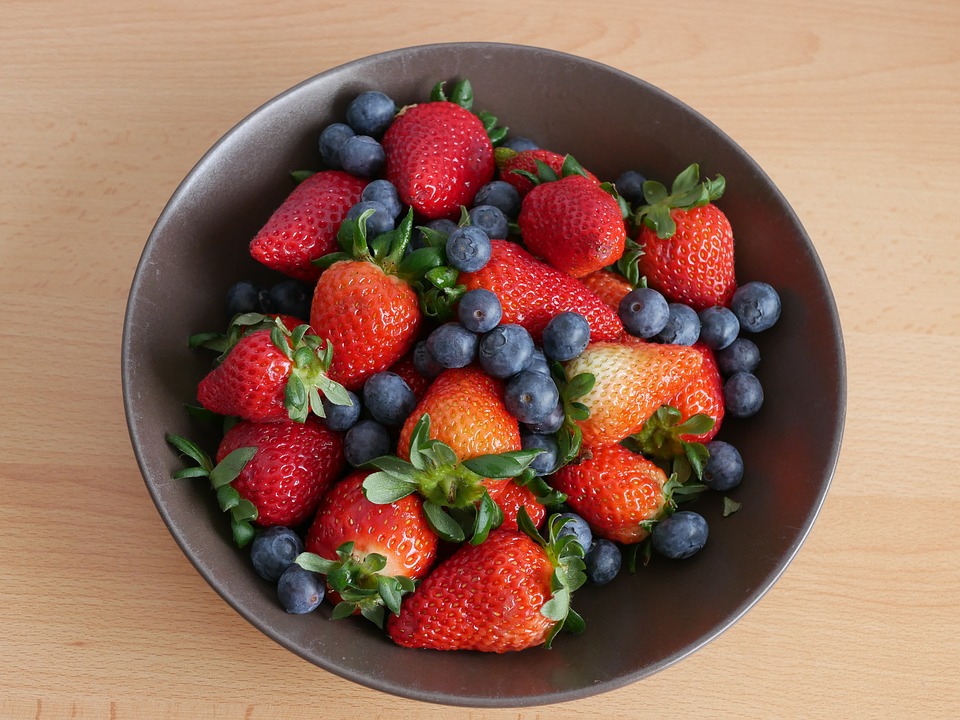The northern highbush blueberry – growing tips

The northern highbush blueberry is a common name for a plant belonging to the heather family. You may also know it as the Canadian blueberry. It comes from North America, but it is widespread throughout Europe. It is very popular because it produces large fruit and it is easy to grow. You just need to find a suitable habitat and provide an acidic soil. There are about 400 types of blueberries in the world and the vast majority grows in the form of bushes, but there are also blueberries that grow as tropical trees.
History and cultivation
The first blueberries were cultivated in the nineteenth century, but only in 1909 people discovered that blueberries need acidic soil to grow well. Thanks to rising popularity of blueberries people also focused on various cultivation issues, such as propagation through cuttings or pollination. Blueberries are studied even today and new varieties are constantly being created.
Photo: Pixabay
Canadian blueberry
This variety grows as a shrub and it is about 1.5 to 2 meters tall. The shoots are straight and at the end of spring (beginning of May and June) they produce clusters of white flowers. In autumn, the shrub creates beautiful yellow and red coloured leaves. Fruit is produced from the beginning of July to the end of September (depending on the variety). You should be able to harvest 3 to 6 kg of fruit from one bush and you should harvest few days after the fruit reached a deep purple colour. If you put blueberries in a refrigerator they will last you for about 10 weeks. If you need them to last longer you need to freeze them.
Planting
The spot where you plant blueberry should resemble its natural environment as much as possible. It should be sheltered from wind (or tied to a support) but fairly sunny. You must also provide a well-drained soil. Blueberries are planted just like all fruit trees: in spring or autumn. If you plant in autumn, you need to protect plants from frost – by covering them with a layer of mulch, which also limits the growth of weed and retains moisture. The distance between individual shrubs should be 2.5 meters.
Soil
As we mentioned above, the acidity of the soil is essential for proper growth of blueberries. The ideal pH is between 3.5 and 4.5. If you have provided soil like that you are set. Now, you need to maintain proper humidity – water should easily drain out and not create puddles. Especially in the first year after planting, the soil must be constantly moist. Each shrub should get 10 to 20 litres of water per week.
Fertilization
A lack of nitrogen is the most common problem but before you jump and run to get a fertilizer you need to know that over-fertilizing with nitrogen is not good either. Apply nitrogen in small doses in spring. If you have young plants fertilize with a combined fertilizer after the end of vegetation period.. You may use slow-release fertilizers, designed for example for conifers, but in low doses.
Pruning
Pruning is done for older bushes and you should only remove sick wood and overgrown shoots.
Source: https://ladnydom.pl/Ogrody/1,113408,3484737,borowka-wysoka-czyli-borowka-amerykanska-uprawa-i-pielegnacja.html
Preview photo: Pixabay

Gardening is my hobby, I have a lot of experience and I am happy to share it.









0 comments